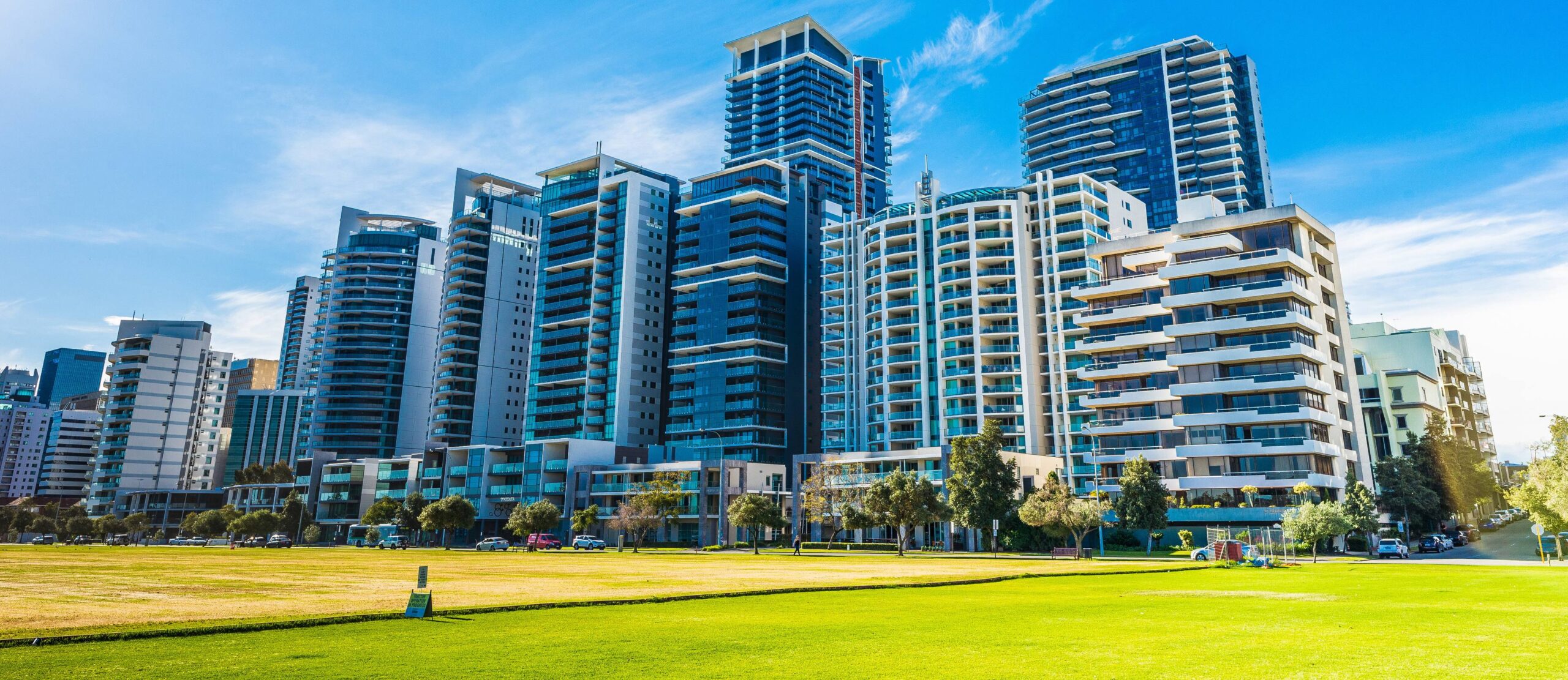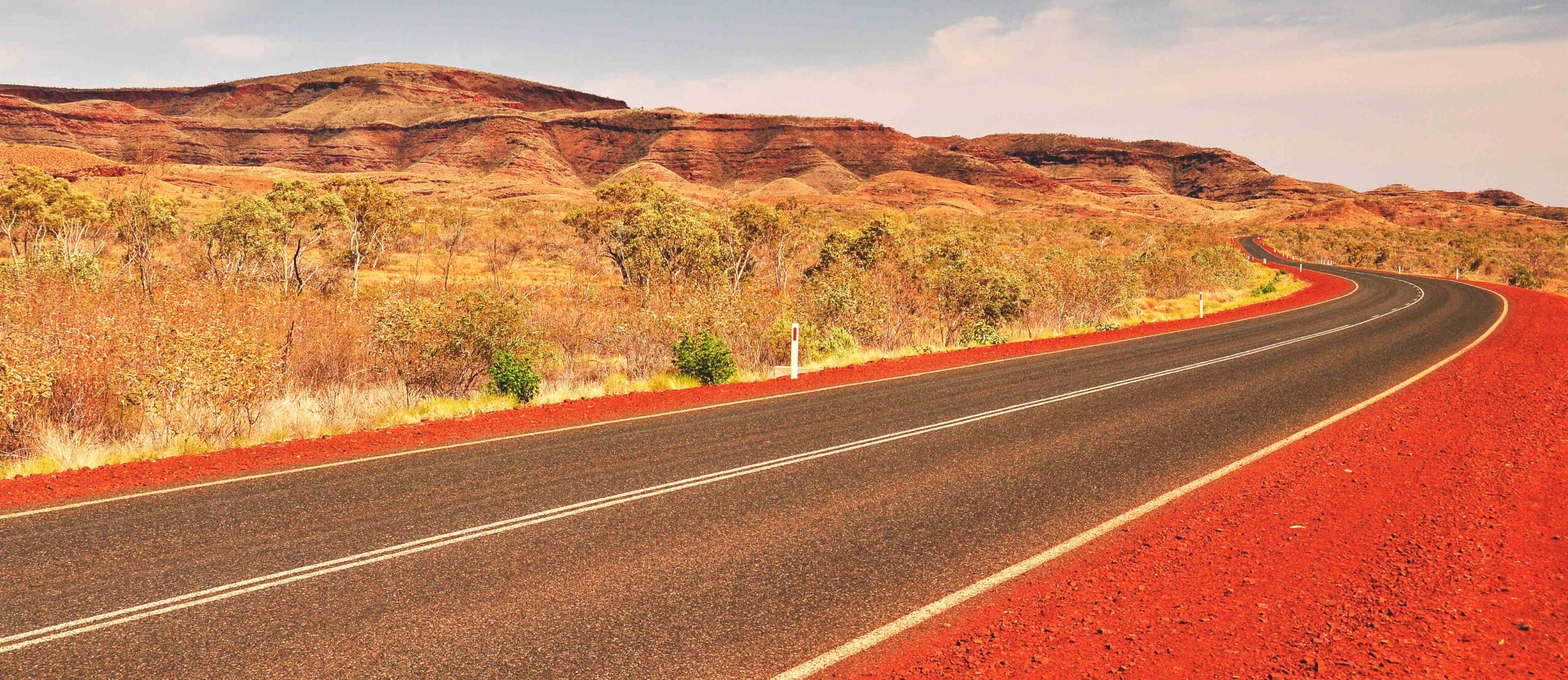The changing face of residential living in Australia
While a standalone home on a quarter-acre block surrounded by a white picket fence was the dream many of us were brought up with, times have changed. Is apartment living the new ‘Great Australian Dream’?
Just like BBQs and beers, the love affair between Australians and property ownership is an overpowering force that has been enduring for over 75 years.
This is the Great Australian Dream, a belief that a free-standing home on a quarter-acre block of land, complete with that backyard BBQ and a Hills Hoist, is the ultimate expression of our success, stability, and security.
But is this lofty dream changing?
While we still want our own digs, for many, this dream has transformed to embracing the allure of urban living and being open to apartments, townhouses, and other types of smaller properties.
The Australian demographic is changing, and every household is different — from one person living alone to couples with kids, single-parent families to multigenerational families living together, and those who are downsizing.
The quarter-acre block standalone home is no longer a one-size-fits-all dream.
The rise of apartment living in Australia
Over the past few years, Australians have taken a keen interest in apartment living. Also known as multi-residential or multi-unit living, this trend is gaining momentum, with nearly 2.5 million people now living in apartments, while over half a million live in high-rises.
But it’s not affordability challenges that are driving this surge in apartment living.
There has been a metamorphosis in the way Australians are living as they look to accommodate different households while prioritising work-life balance.
More Australians are favouring easy convenience, a carefree lifestyle and access to facilities such as restaurants, entertainment areas and convenient public transportation, and living close to their workplaces. For them, living in apartments is ideal.
As a bonus, apartments require less maintenance than standalone homes, while many multi-residential apartments offer common community spaces and amenities like beautiful rooftop gardens, access to gyms and enhanced security measures.
From modest housing to multi-residential living
The housing landscape in Australia has transformed since early settlement, when simple one-room cottages began to give way to ornate Georgian, Victorian, Federation and Californian-style homes with large verandahs and high ceilings.
But it was only after World War II that housing in Australia escalated. This marked the beginning of a new era with low unemployment rates, increased manufacturing, and the removal of rent controls. With a push towards family and home life, the federal government focused its efforts on low-cost housing.
Because of a dearth of skilled labour and materials, post-war houses, often described as the ‘ugly duckling’ of Australian architecture, were low-cost, mass-produced detached homes. At the end of the war, apartments, too, became part of Australia’s mainstream living. Apartments or flats accounted for less than one per cent of the two million-plus private dwellings.
The 1950s marked the transition towards the modern era with the appearance of brick veneer homes, and by the 1960s, Australians could afford to pay for bigger homes.
Overly traditional designs gave way to new architecture, bigger windows and sliding doors, open-plan living, spacious gardens, and spaces that served as more than just a traditional home for a family.
This was also the time when inner-city apartments and skyscrapers started transforming the Australian skyline. According to the 1971 Census, one in eight dwellings was an apartment, and most of them were concentrated in major cities, including Sydney and Melbourne.
Population boom, increased migration, and steady economic growth in the late 20th century saw an explosion in city growth, with increased urbanisation and a surge in demand for townhouses and duplexes, particularly in the outer city fringes.
The average house on a block of land was not enough, and Australians began to embrace what is now known as ‘contemporary living’, with a focus on modern spaces, smaller backyards, and larger living areas.
But it was at the turn of the century, particularly around 2010, when there was a shift towards high-rise, low-rise and mixed-use apartment living. This was especially true in high-density capital cities like Sydney, Melbourne and Brisbane, as demand for housing increased and multi-residential apartments offered a more efficient use of land.
With a push towards more sustainable living, multi-residentials are now seen as a solution to reduce urban sprawl. Apartments have evolved over the last 20 years to include sustainable architecture and energy-efficient living that emphasises the need for community spaces and communal living.
Apartment living in Australia
Today, more than half a million people live in high-rise apartments in Australia in a landscape dotted with almost 368,000 residential apartments with nine or more storeys, according to the latest data released by the Australian Bureau of Statistics (ABS).
It’s not surprising that Sydney leads the way in apartment living, housing nearly half of Australia’s apartment-living population.
In Melbourne, the growth in the property market is being fuelled by demand for apartments. Even in smaller cities like Adelaide, apartments are slowly becoming an attractive option and are predicted to follow in the same direction as the bigger cities.
However, Australia is trailing behind other similar countries around the world in multi-residential living. Here, an apartment is considered a transitional dwelling before buying a family home.
While there is an ingrained mentality that children don’t belong in apartments, including strata rules that ban children from playing in community areas, another issue that keeps families from living in apartments is the lack of family-friendly features and designs. Unlike other countries, such as the UK and Canada, apartments in Australia are not designed to accommodate children, and they lack amenities such as mandatory play spaces.
In fact, a recent study of the Liverpool CBD in Sydney found that families preferred large, centrally located apartments to detached homes, but there is a significant lack of larger family-style apartments to meet their needs.
Australian apartments also lack the appeal that many European apartments have to attract residents. The problem lies in the designs adopted by Australian developers who see apartments as large profit-makers but rarely pay attention to the lifestyle of the people who may live in these apartments. Although the apartments follow mandatory – but potentially outdated – design standards on room sizes and light sources, many apartments in Australia make poor use of space.
In Australia, apartments are mostly found in the inner or middle suburbs of the major cities, while house construction mainly takes place in the outer suburbs where land is readily available. The thing is that Aussies love suburbia and are quite resistant to the idea of apartments or medium-density housing invading their leafy suburb.
Clearly, a collaborative approach is needed to identify and address these fears with a solid plan backed by the state and local governments to build high-quality, medium-density housing that fits into our suburbanised way of life.
Looking ahead – what does the future hold for Australian residential living
The demand for apartments is likely to continue playing an important role in providing new housing, as the population continues to expand and land supply constraints drive people to higher-density dwellings.
It’s not surprising that state governments are pushing for more apartments and the growth of compact cities to address environmental and economic concerns.
However, it is clear more local government intervention is needed to shape apartment living so that it is focused on the needs of the occupants, rather than reliant on developers to make changes.
Looks like Australia’s long-lasting love affair for a home is shifting.





Comments (0)
Write a Comment